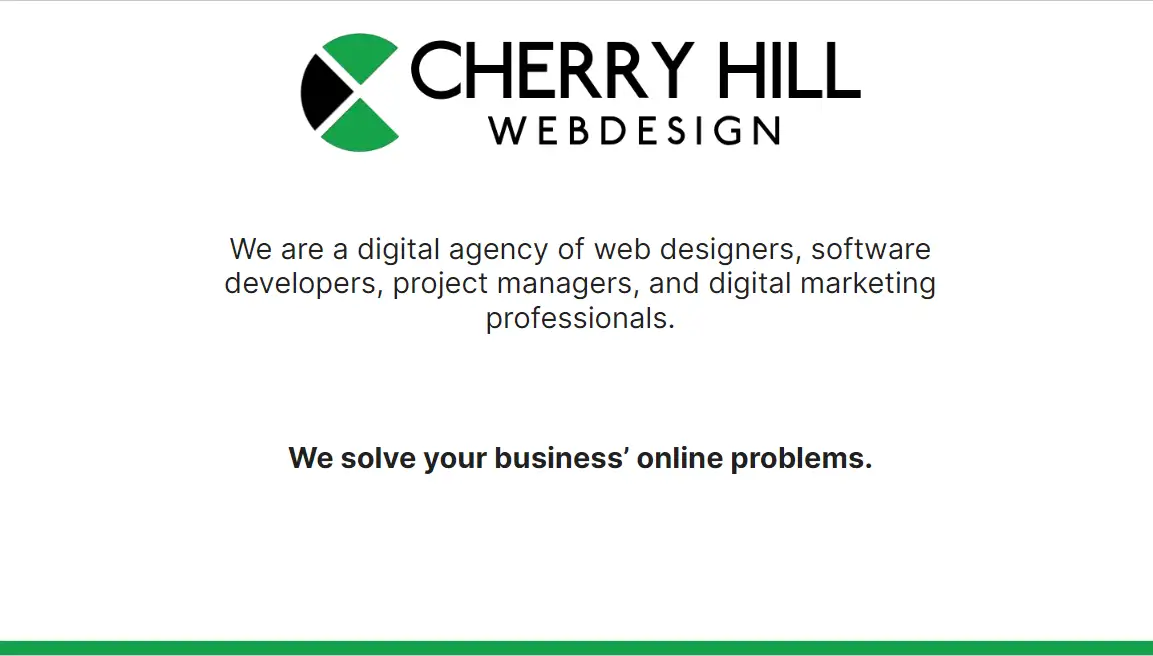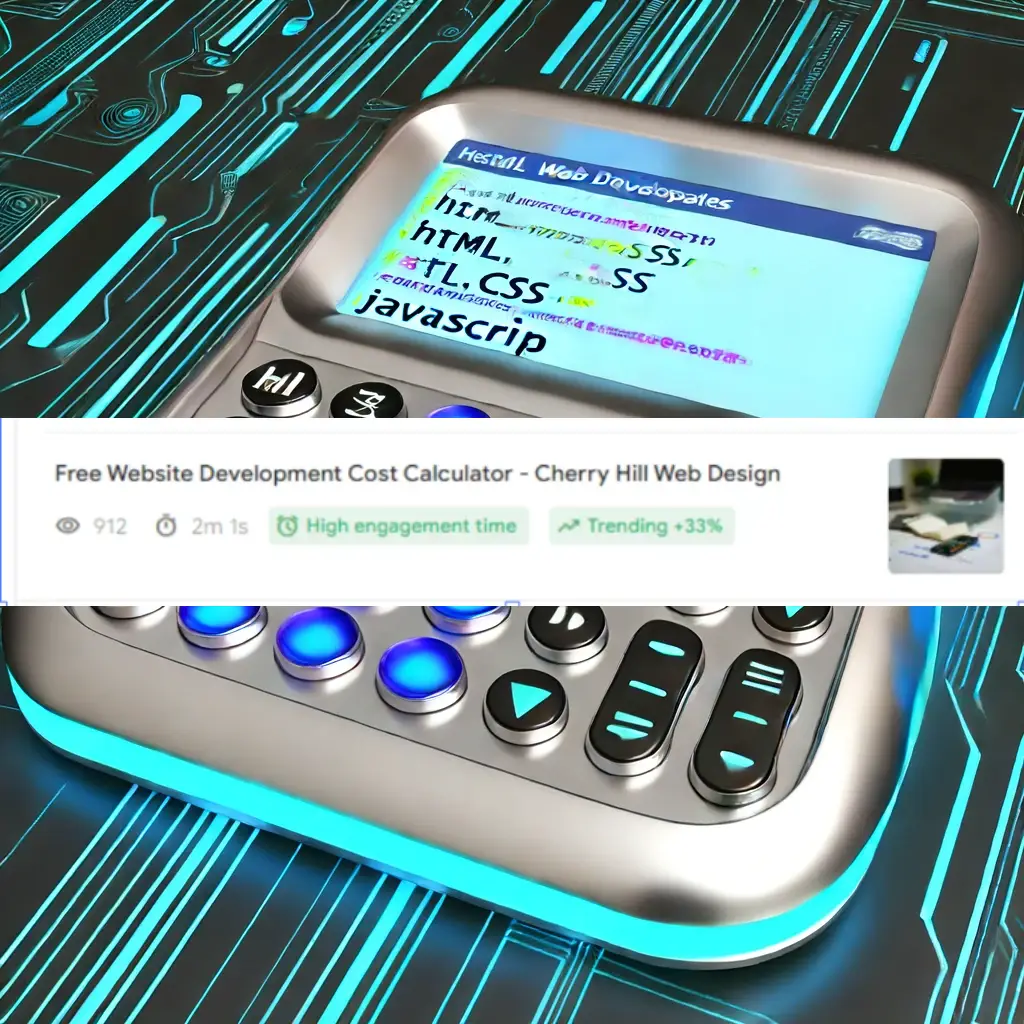
Website Design Freelance: Essential Tips for Success
In today's digital world, having a well-designed website is crucial for any business. Hiring a freelance web designer can help you achieve a unique and effective online presence. Freelance web designers offer flexibility, creativity, and specialized skills to bring your vision to life.

Platforms like Upwork and Fiverr connect you with top-quality web designers who can work on projects of all sizes, from basic layouts to complex websites using WordPress, Wix, or Webflow. These platforms allow you to browse profiles, view portfolios, and read reviews to find the best match for your needs.
When working with freelance web designers, clear communication and setting expectations are key to a successful project. You can find skilled freelancers who specialize in different aspects of web design, ensuring that your website not only looks great but also performs well and meets SEO standards.
Key Takeaways
- Freelance web designers offer flexibility and creativity.
- Platforms like Upwork and Fiverr help find skilled designers.
- Clear communication ensures a successful project.
Fundamentals of Website Design

Designing a website involves understanding essential principles, envisioning the overall layout, and selecting the right tools for implementation. This section will guide readers through the key aspects of effective website design.
Understanding Web Design Principles
Web design principles are fundamental guidelines that ensure a website is visually appealing and user-friendly. Key principles include balance, which ensures that visual elements are evenly distributed; contrast, which helps different elements stand out; and alignment. Alignment ensures that all elements are visually connected, creating a cohesive look. Proximity groups related items together, making it easier for users to navigate the site.
Good typography is crucial. It involves choosing readable fonts and appropriate text sizes. Colors play a vital role, too. They should be used to evoke emotions and highlight important elements without overwhelming the user.
Laying Out a Vision for Your Website
Creating a clear vision for a website starts with defining its purpose and target audience. This vision drives the overall design, guiding the placement of elements and the choice of style. Web designers often begin with wireframes, simple layouts that outline the structure of the pages.
For effective graphic design, visual hierarchy is important. It helps direct users' attention to the most critical parts of the site. High-quality images and graphics enhance the site’s appeal. Navigation must be intuitive, with menus and links that are easy to find and use.
A well-thought-out layout increases user engagement and satisfaction. Ensure the site is responsive, meaning it looks good on both desktops and mobile devices.
Choosing the Right Content Management System
A content management system (CMS) is software that helps manage the creation and modification of digital content. It's essential for web designers who want to streamline their workflow. There are many CMS options, such as WordPress, Joomla, and Drupal.
Choosing the right CMS depends on the complexity of the website and the designer’s skills. For simpler projects, WordPress is popular due to its user-friendly interface and large plugin library. Drupal offers more flexibility and power for complex sites, while Joomla provides a balance between ease of use and customization options.
Each CMS has its pros and cons, requiring web designers to evaluate features like scalability, ease of use, and community support before making a choice.
Design and Development Process

Designing and developing a website involves multiple steps, each crucial for ensuring a smooth and functional user experience. These include crafting user-friendly interfaces, creating responsive designs, and thorough prototyping and testing.
Crafting User-Friendly Interfaces
Creating a user-friendly interface (UI) starts with understanding the needs and expectations of the users. This involves UI design that prioritizes simplicity and ease of use. Designers focus on layout, color schemes, typography, and interactive elements.
Clear navigation is key. Users should find it easy to move through the site and access the information they're looking for. Consistency in design elements across different pages also enhances user experience.
Engaging and intuitive designs help retain users and encourage them to interact more with the website. Incorporating feedback tools can also provide valuable insights into improving the UI.
Responsive Design and Front-End Development
Responsive design ensures that a website looks and functions well on all device sizes, from desktops to smartphones. Front-end development involves writing clean and efficient code to bring these designs to life.
Media queries are used in CSS to apply different styles depending on the device's screen size. This adaptability is crucial as it offers a seamless user experience across various devices.
Front-end developers also work with frameworks like Bootstrap, which provide pre-built responsive components. Testing on multiple devices ensures that the site performs consistently, enhancing usability and user satisfaction.
Prototyping, Wireframing, and Testing
Prototyping and wireframing are critical steps in the design process. Wireframes are basic sketches that outline the structure of a page without focusing on design details. They help in organizing content and functionality.
Prototyping, on the other hand, involves creating interactive models of the website. These prototypes are used to test and refine design concepts before full-scale development begins.
Testing is an ongoing process. Usability testing involves real users interacting with the prototype to identify issues and areas for improvement. This iterative process helps in creating a product that not only meets but exceeds user expectations.
Working with Freelance Web Designers

Freelancing websites like Upwork and Fiverr have made it easier to hire talented web designers remotely. Key aspects include navigating the marketplace, clear communication, and setting rates and handling revisions.
The Freelance Marketplace
Freelance marketplaces such as Upwork and Fiverr offer a wide range of web designers. Clients can see profiles, experience, and reviews, making decision-making easier.
These platforms often host diverse designers, from budding talent to seasoned professionals. Choosing a designer involves checking their portfolio to match your specific needs. Pay attention to their area of expertise, such as UX/UI or graphic design.
Posting a detailed job description helps attract the best candidates. By specifying required skills and project details, you streamline the selection process.
Communication and Project Management
Clear communication is crucial when working with freelance web designers. Establishing regular check-ins via email or video calls helps keep the project on track. Using tools like Slack or Trello can aid in managing tasks and deadlines.
Providing detailed project briefs prevents misunderstandings. Discuss expectations and deliverables upfront to align on goals. Visual aids, such as wireframes or design mockups, help convey ideas more effectively.
Feedback should be clear and constructive to guide revisions. Encourage open dialogue to address issues promptly, fostering a collaborative environment.
Establishing Rates and Handling Revisions
Rates can vary widely based on experience and project scope. Freelance web designers on Upwork may charge hourly or per project. Discussing budget constraints early prevents overspending.
To handle revisions smoothly, set clear terms in the contract. Most designers accommodate a set number of revisions; extra changes might incur additional costs. Agreeing on these terms beforehand avoids conflicts later.
Consider using secure payment methods provided by platforms like Upwork or Fiverr, ensuring both parties are protected. Clear financial agreements set the stage for a successful collaboration.
Working with freelance web designers can be rewarding when managed effectively. Following these best practices ensures a smooth working relationship and successful project outcomes.
Optimizing for Performance and SEO

Enhancing website performance involves improving functionality, SEO, and conversion rates. Web designers need to focus on streamlining code and ensuring the site meets user expectations.
Enhancing Website Functionality
Website functionality determines how well users interact with the site. Using efficient programming languages like JavaScript, CSS, and HTML is key. Clean code helps to load pages faster, which keeps users engaged.
Web designers should avoid unnecessary plugins. These can slow down the site. Instead, they should use lightweight alternatives. Tools like Google’s PageSpeed Insights can identify performance issues for web designers to address.
A user-friendly navigation system is important. Easy-to-use menus and clear calls-to-action guide users where they need to go quickly.
Search Engine Optimization Strategies
SEO is critical for driving traffic to a website. Content should include keywords that potential visitors might use in searches.
On-page SEO involves optimizing titles, descriptions, and headers. Meta tags and alt text for images also play an important role. Off-page SEO focuses on backlinks, which help improve the site's authority.
Search engines favor mobile-friendly sites. Ensuring a responsive design can help improve the mobile user experience and boost search rankings.
Analyzing and Improving Conversion Rates
Analyzing site data helps improve conversion rates. Tools like Google Analytics provide insights into user behavior and interaction.
Web designers should focus on key metrics such as bounce rate and average session duration. Adjustments based on this data can help increase engagement and conversions.
A/B testing different page elements, like call-to-action buttons, can reveal what works best. Using clear and compelling language in these elements helps attract more clicks. Continuous monitoring and tweaking ensure the site remains optimized for conversions.
Frequently Asked Questions

Learn about rates, getting started, essential skills, finding clients, contract details, and managing project timelines in freelance web design.
What are the typical rates for freelance web designers?
Freelance web designers charge a range of rates based on experience, location, and project complexity. Rates can vary from $25 to $150 per hour. Some prefer flat-rate pricing per project, which ranges from a few hundred to several thousand dollars.
How do I get started in freelance web design?
Starting in freelance web design involves building a strong portfolio, learning essential tools like HTML, CSS, and graphic design software, and networking. New designers often create sample projects or volunteer to gain initial experience and credibility.
What skills are essential for a freelance website designer?
Essential skills for freelance web designers include proficiency in HTML, CSS, JavaScript, and responsive design. Knowledge of graphic design tools like Photoshop and Illustrator is also crucial. Good communication and time management skills are important for client interactions and project delivery.
How do freelance web designers find clients?
Finding clients can be challenging but achievable through various methods such as networking, social media marketing, freelancing platforms, and word-of-mouth referrals. Establishing an online presence with a professional website and showcasing past work can attract potential clients.
What should be included in a contract for freelance web design services?
A good contract should include project scope, timeline, deliverables, payment terms, revision limits, and intellectual property rights. Clear terms help avoid misunderstandings and ensure that both parties agree on the project's terms before work begins.
How do freelance web designers manage project timelines and deliverables?
Freelance web designers often use project management tools to keep track of tasks and deadlines. Effective communication with clients and regular updates help manage expectations. Setting realistic timelines and breaking projects into smaller tasks can ensure timely and quality deliveries.






















